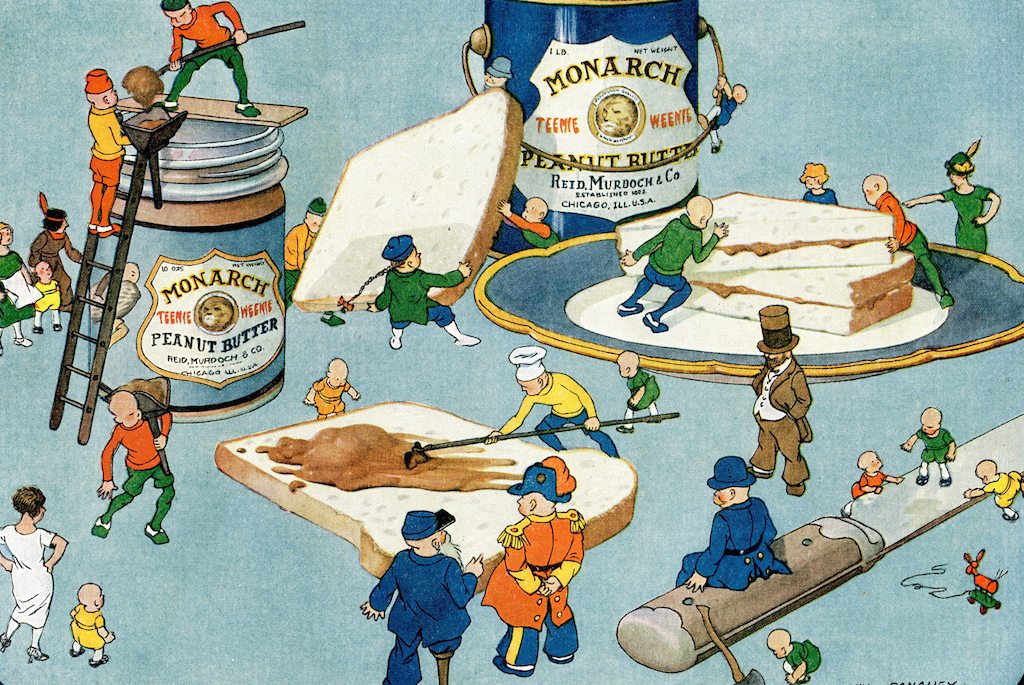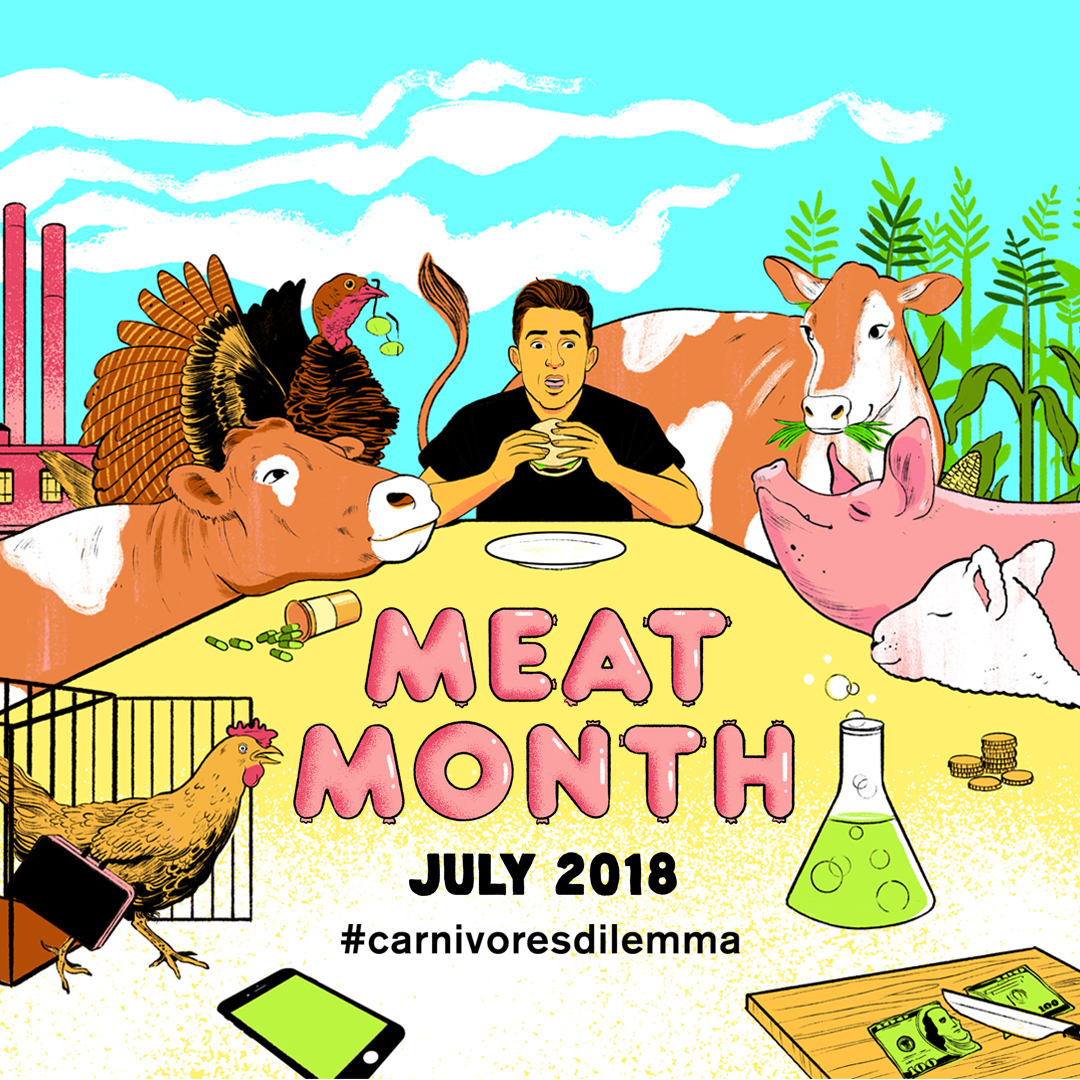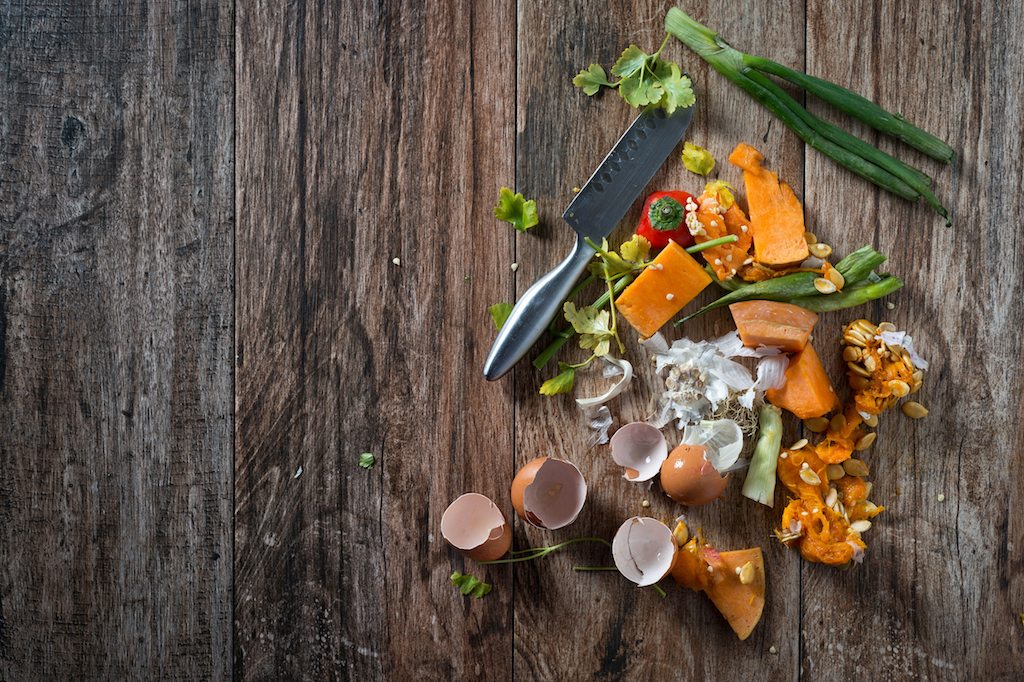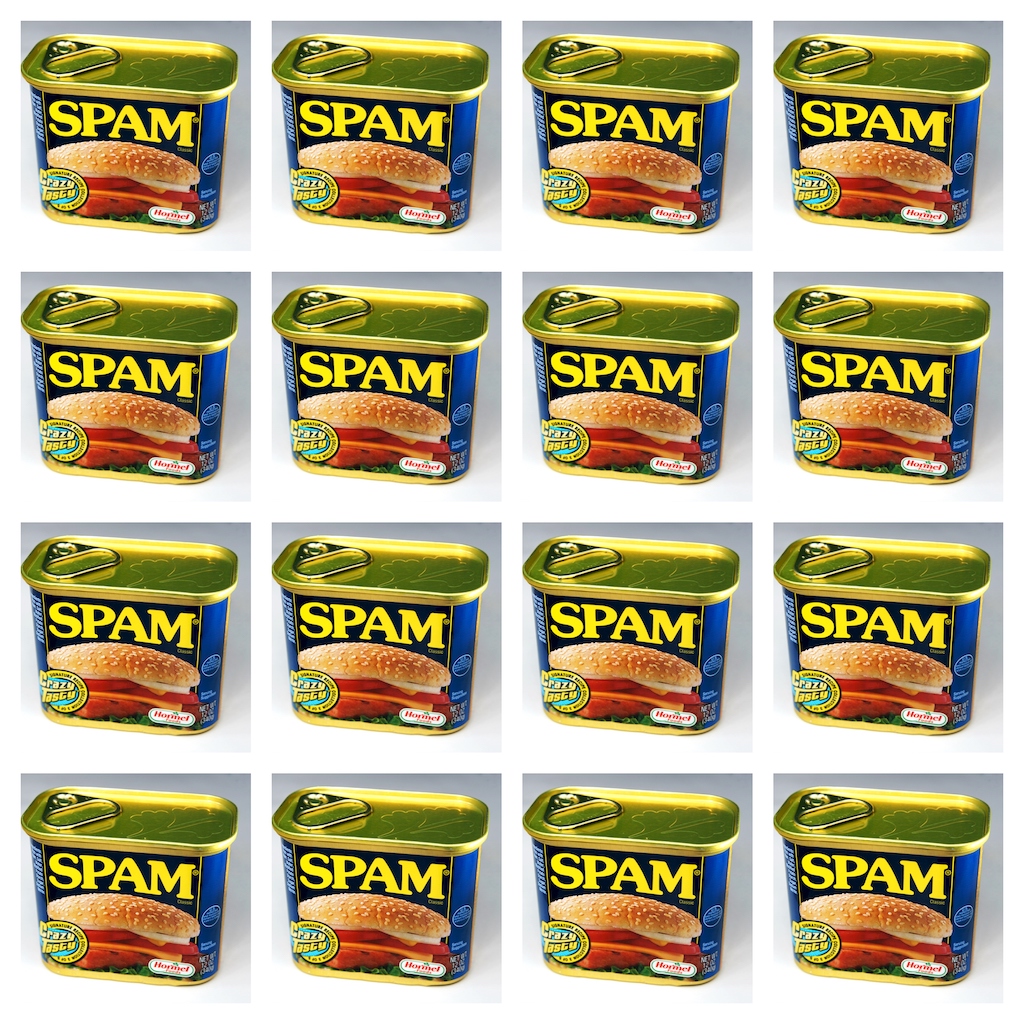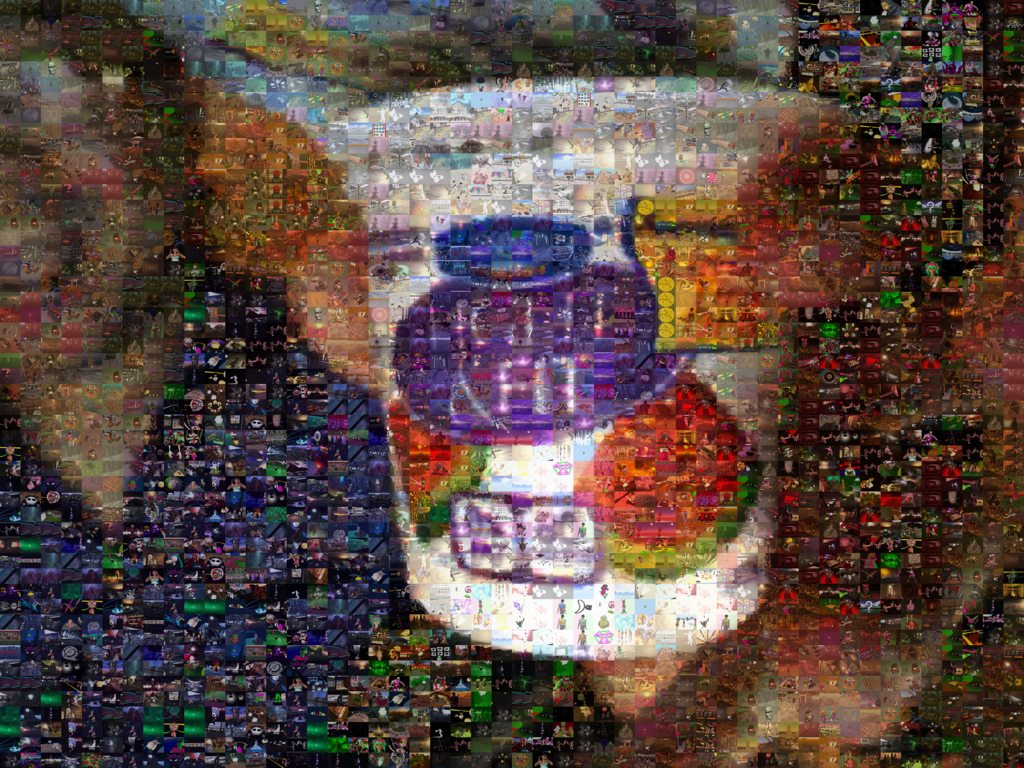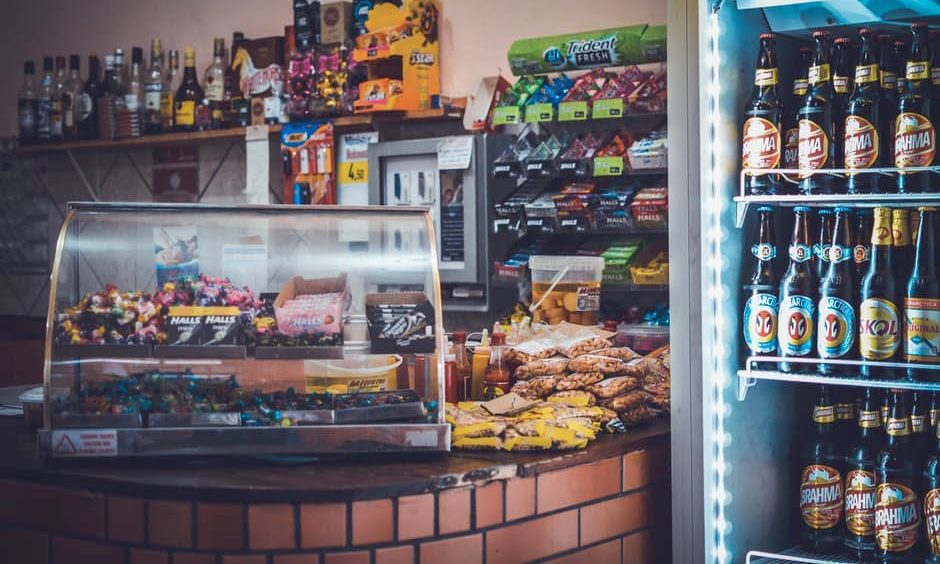Consumers confused, “natural”ly. Last year, the Food and Drug Administration (FDA) opened a public comment period on use of the term “natural” in human food products. FDA did this in part as a response to three citizen petitions asking that the agency define the term for use in food labeling, and one citizen petition asking that its use be prohibited. The period for public comment closed in May of 2016.
Meanwhile, after a wave of related class action litigation over the last two years swept through the federal courts, with Quaker, KIND, and Hain Celestial (among other companies) taken to task for false or misleading advertising that their products were “natural,” FDA announced it would consider use of the word. And that, so far, is all it’s done.
 Liu et al. Journal of Food Science 2017
Liu et al. Journal of Food Science 2017 Researchers used three different peanut butter labels to test consumer reaction
In spite of clear consumer interest (and investment) in the meaning of “natural” as it pertains to purchasing decisions, it still means essentially nothing—at least in any official, regulated sense. There is no clear legal definition of the word. And FDA on its website offers only this guidance: “The FDA has considered the term ‘natural’ to mean that nothing artificial or synthetic (including all color additives regardless of source) has been included in, or has been added to, a food that would not normally be expected to be in that food. However, this policy was not intended to address food production methods, such as the use of pesticides, nor did it explicitly address food processing or manufacturing methods, such as thermal technologies, pasteurization, or irradiation. The FDA also did not consider whether the term ‘natural’ should describe any nutritional or other health benefit.”
And yet, as a recent study published in the Journal of Food Science revealed, when we’re confronted with the word “natural” at point of purchase, we in fact perceive it to mean a whole lot about the nutrition, quality, and value of food—especially if, in addition to seeing it on a label, someone tells us the product is made with natural ingredients.
Researchers out of Ohio State University’s Department of Food Science and Technology recruited 120 peanut butter consumers (48 male and 72 female), ranging in age from 18 to 65, to participate in a virtual reality simulation of a Costco-like environment in which they might typically sample a food product. In three trials, participants were invited by a virtual reality “server” to try two different samples of peanut butter: the first trial coming from two unlabeled jars; the second coming from two labeled jars, one of which said the product was “all-natural”; and the third coming from the same two labeled jars, but one was accompanied by as specific verbal call-out from the in-store server about the product’s all-natural status.
Now, here’s where things get interesting—and where we learn about our own susceptibility to messaging. In all three trials, the product was exactly the same: Justin’s Classic Peanut Butter. But it appeared to come from different jars. The participants were asked to answer 10 questions that assessed how much they agreed with statements about the peanut butter’s quality (whether it likely contained less pesticides or GMOs than other peanut butters), nutrition (whether it likely contained less fat, calories, protein, and vitamins than other peanut butters), and taste compared to other peanut butters. Then they were asked how much they’d be willing to pay for a 16-ounce jar by selecting an amount from $2.25 to $7.25 that increased in increments of $0.50.
The results of the first and second trials may not come as much of a surprise to those of us accustomed to reading labels: participants did seem to perceive higher nutritional value and less use of pesticides or GMOs on the peanut butter labeled “all-natural.” They also indicated they’d be willing to pay a bit more for the product. Okay, nothing too groundbreaking there.
But it was the third trial, where researchers tried to understand the influence of social interaction, that revealed something surprising about our perceptions at point of purchase. “The server said ‘by the way, one of these peanut butters uses all-natural ingredients,’” says Christopher Simons, Ph.D, the study’s lead author. “It was a simple statement. Otherwise it was exactly the same study … so I figured how much more [influence] could the social impact have? I mean, they’d just seen the fact that one of the peanut butters was all-natural … but in fact, what happened was it had a much bigger impact across the board. In that third condition, they were willing to pay eight percent more, which translated to a $0.30 increase. Because someone told them, ‘hey, this uses all-natural ingredients.’” And this was true of participants across all demographics, regardless of education, income, or whether the participant was the primary shopper for his or her household.
So, what does this tell us about how willing we are to yield to our perceptions at point of purchase, when we’re not just left alone with them? “We’re creatures of influence,” says Simons. “We seek information and we think that information has importance.” Seeing it on a label is enough to make us willing to pay more. Hearing it from a person we suspect is an “expert” (yes, that includes in-store servers!), makes us willing to pay even more.
Simons says he and his team think there’s another message here—to stakeholders outside the grocery aisle. That means policy makers, food and beverage companies, and yes, FDA. “We really think people pay attention to this natural label, yet FDA doesn’t regulate it,” he says. “It impacts their choices, it impacts what they think about the food, it impacts what they’re willing to pay. So consumers are expecting a quote-unquote better product, when in fact, there’s really no measure.”
While the researchers point out that it’s still unclear what products are likely to be most influenced by a natural label, it’s clear that we certainly are. And for Simons, at least, that means one simple thing: “It should be accurate.”
